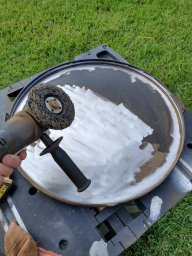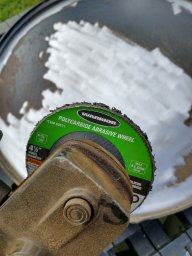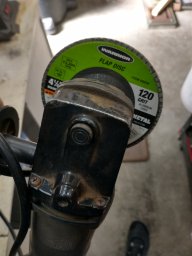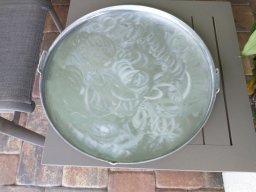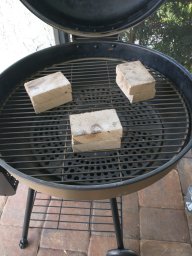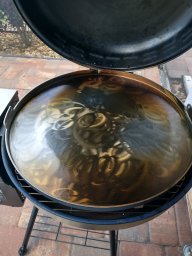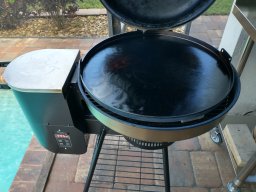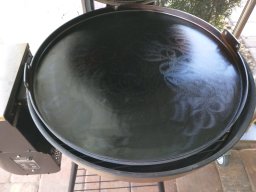I seasoned it well and used it several times, love it. I made a poor decision and left it on the grill while it was closed and covered and a small amount of rust now, so I'm going to remove, clean and re-season.
Just curious if anyone else may have already done this. Did you follow general cast iron cleaning, vinegar/water bath, baking soda, metal scouring pad, steel wool, etc?
Also wanted to see what type of oil / smokepoint you all prefer. Thanks!
Just curious if anyone else may have already done this. Did you follow general cast iron cleaning, vinegar/water bath, baking soda, metal scouring pad, steel wool, etc?
Also wanted to see what type of oil / smokepoint you all prefer. Thanks!

